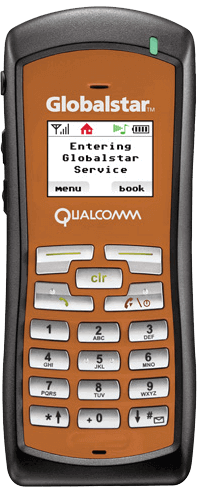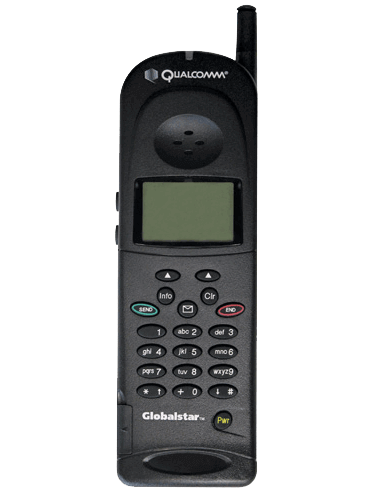Choosing Satellite Devices: What to Look for to Achieve Reliability and Affordability
Satellite is ushering in a new ability to track and manage assets and people in real-time, which has become a critical application for businesses, emergency responders, government agencies, and more. Whether safeguarding valuable cargo, monitoring field equipment, keeping lone workers safe, or ensuring the security of mission-critical operations, reliable, secure, and cost-effective tracking solutions are necessary.
Not all satellite solutions are created equal. The best solutions combine global coverage, stealth security features, long battery life, platform flexibility, and cost-effective scalability to meet organizations' diverse needs.
Consideration 1: Reliable Global Connectivity
Satellite-based tracking solutions ensure continuous, real-time tracking anywhere in the world, including remote areas where terrestrial networks fail. Unlike systems that depend on cellular towers, which may not provide coverage in off-grid locations, satellite networks offer:- Global coverage for tracking assets and personnel across land, sea, and air
- Consistent connectivity even in rural, near-shore, and mission-critical environments
- Low-latency data transmission, ensuring real-time monitoring and rapid response
For industries where tracking and security are mission-critical, satellite-based tracking delivers a reliable, always-on solution.
Consideration 2: Compact, Low-Profile Devices for Discreet Tracking
Size matters regarding asset and personnel tracking, surveillance, and security. Many tracking solutions are bulky, making them easy to detect and remove. Compact, low-profile devices offer:- Discreet, covert tracking for asset protection, personnel safety, and intelligence applications
- Lightweight compact design, making installation easy in vehicles, cargo, uniforms, or equipment
For high-value or sensitive assets, tamper-switch technology provides real-time alerts when an asset is moved or tampered with. This enhances security in high-risk transport and storage scenarios, making it particularly valuable for government, military, and commercial applications.
Consideration 3: Low Probability of Interception and Detection
Many traditional tracking solutions require constant network communication, creating a larger digital footprint that bad actors can detect or intercept. Solutions on the market can support low probability of interception (LPI) and low probability of detection (LPD) through the following:- No over-the-air (OTA) device registration for synching enhances stealth and security
- Reduces exposure by eliminating constant network “pings,” unlike other solutions that frequently and regularly transmit data
These two approaches allow organizations to prioritize discreet, undetectable tracking high security through LPI/LPD technology.
Consideration 4: Affordability without Compromising Quality
Satellite tracking doesn’t have to come with high costs or hidden fees. The best solutions offer:- Competitive pricing
- Industry leading reliability and coverage at a cost-effective price point
- Scalable solutions that fit both personal safety tracking and large-scale enterprise logistics
With affordable, high-performance satellite tracking, organizations of all sizes can deploy robust safety and asset management solutions without breaking the budget.
Consideration 5: Platform-Agnostic Integration for Seamless Deployment
Many satellite tracking solutions force customers into proprietary ecosystems, leading to vendor lock-in and compatibility challenges. Flexible tracking technology allows:- Software-agnostic device integration, ensuring computability with existing tracking platforms
- Flexible API support, making deployment simple for enterprise applications
- Seamless compatibility with asset tracking, fleet management, and industrial monitoring systems
Platform-agnostic solutions allow businesses to use their preferred tracking software, eliminating integration barriers, reducing downtime, and streamlining operations.
Consideration 6: Low Power Requirements for Extended Operational Life
Power efficiency is a critical factor for long-term tracking. Many satellite-based devices require frequent recharging or battery replacements, increasing operational costs and opening the risk of losing charge at inopportune moments.The best satellite solutions are designed to:
- Minimize power consumption, ensuring long battery life in the field
- Support remote deployments where frequent battery swaps or recharging is not feasible
- Enable long-term tracking for applications such as supply chain management, military logistics, and emergency response
By optimizing power consumption, organizations can deploy tracking technology that offers long-term, cost-effective performance while minimizing maintenance and downtime.
Checking all the Boxes with Globalstar
The best solutions for mission-critical asset and personnel tracking will balance robust connectivity, discreet, low-power devices, and secure tracking capabilities with affordability and scalability.With decades of satellite expertise, Globalstar offers industry-leading assets and personnel tracking solutions, ensuring reliable, cost-effective, and highly secure satellite connectivity. Its LEO satellite network, low-power technology, and platform-agnostic design make it a trusted partner for organizations requiring advanced tracking capabilities.
This is the first blog in our series about satellite tracking and handheld devices, what to look for when choosing a solution, and how Globalstar’s key differentiators intersect with mission-critical use cases across verticals. Stay tuned for the next blog in this series, where we’ll explore the role of satellite connectivity in defense applications and the critical need for secure communications in mission-driven environments.
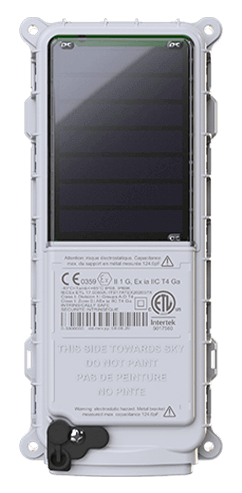 SmartOne Solar
SmartOne Solar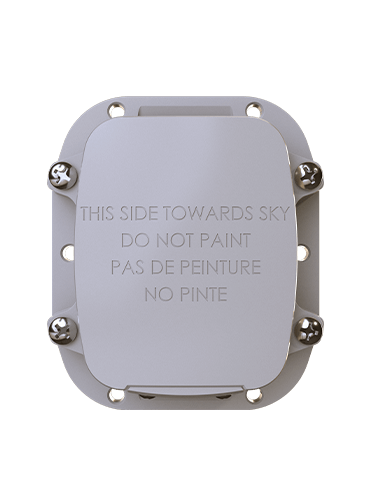 SmartOne C
SmartOne C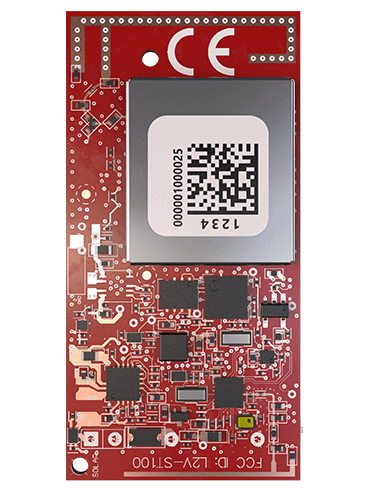 ST100
ST100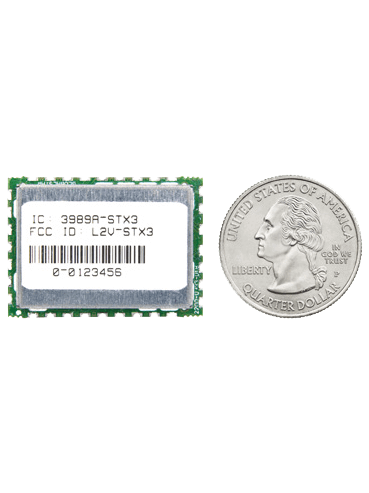 STX3
STX3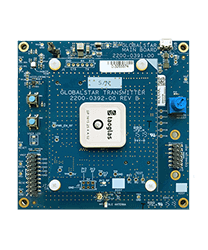 STX3 Dev Kit
STX3 Dev Kit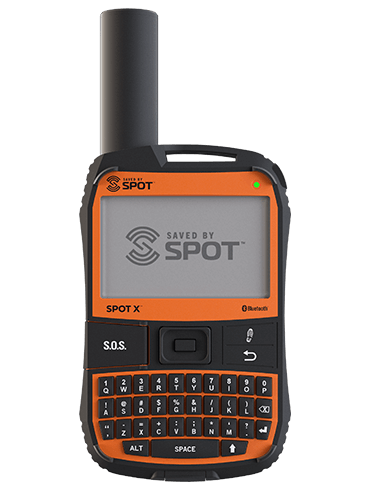 SPOT X
SPOT X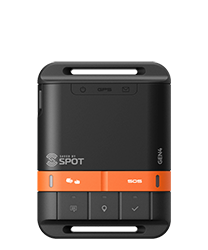 SPOT Gen4
SPOT Gen4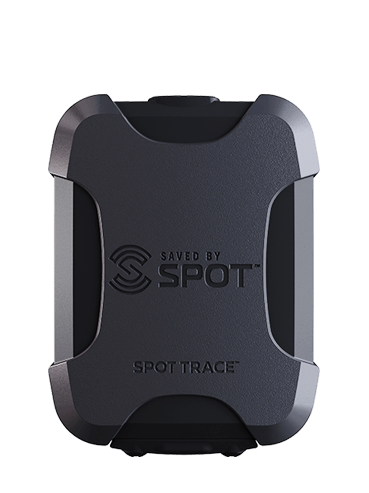 SPOT Trace
SPOT Trace